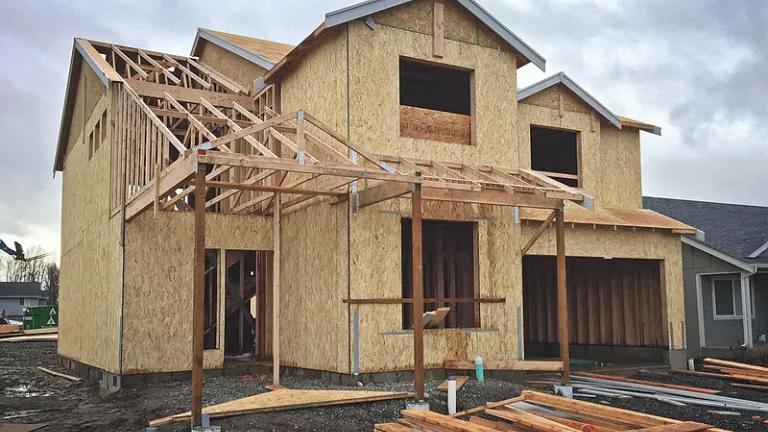
For the second straight year Congress has shorted FEMA and the nation's Disaster Relief Fund — and the peak of hurricane and wildfire seasons is upon us.
Source: Federal Emergency Management Agency
When disaster strikes, Americans expect the Federal Emergency Management Agency (FEMA) to lead the response. Less recognized is that FEMA also manages disaster rebuilding and recovery efforts for years after the disaster. Both the immediate disaster response and the years-long recovery efforts are paid for using the federal Disaster Relief Fund (DRF).
For the second year in a row, the DRF is precariously low on funding because Congress has failed to furnish it with adequate appropriations. Without funding, FEMA cannot afford to manage long-term rebuilding and recovery efforts and respond to new disasters. It must choose one or the other.
As of August 7th, FEMA implemented Immediate Needs Funding due to the low balances in the Disaster Relief Fund (DRF). Immediate Needs Funding means that FEMA is pausing disaster recovery and rebuilding efforts across the country. As of this writing, FEMA is managing 614 major disaster declarations, covering disasters dating back more than 19 years affecting all 50 states and six U.S. territories (information on open disasters can be accessed at OpenFEMA). Recovery payments for these disasters are all on hold, waiting for Congress to act.
You know what’s even worse? This is the second year in a row Congress has done this!
So far in 2024, wildfires have burned over 2 million acres in the U.S., Hurricane Beryl caused widespread flooding in Texas, Hurricane Debby made landfall in both Florida and South Carolina, and Hurricane Ernesto hit the U.S. Virgin Islands and Puerto Rico before heading for Bermuda. Many more wildfires will burn, many more floods will happen, and many more hurricanes may still make landfall in what’s expected to be a particularly active hurricane season.
According to the agency’s August 7th DRF report, $4.5 billion is available in the DRF. FEMA estimates it will need $11.5 billion to cope with disasters it expects to happen over the remainder of the fiscal year, which would leave the DRF $7 billion short.
FEMA must carefully manage the DRF balance until Congress appropriates new funding. The agency must ensure it has the resources to respond to a big new hurricane, wildfire, or some other unforeseen event. The Biden administration requested $20 billion in the budget to replenish the DRF. Congress hasn’t even given the administration an IOU.
Thanks to the House and Senate’s collective failure to replenish the DRF FEMA is pausing disaster recovery operations across the nation. Below is a table showing some of the largest disaster operations that are now on hold.
| Major Disaster | Estimated Spending for August and September 2024 (millions) |
| COVID-19 (2020) | $5,766 |
| Hurricane Maria (2017) | $2,385 |
| Hurricane Beryl (2024) | $609 |
| Hurricane Ian (2022) | $461 |
| Hurricane Ida (2021) | $414 |
| Hawaii Wildfires (2023) | $210 |
| Hurricane Fiona (2022) | $177 |
| Hurricane Sandy (2012) | $161 |
Because of the shortage of funds, FEMA will not approve new projects that rely on the DRF. These include Public Assistance grants (used to repair public buildings and infrastructure), Hazard Mitigation Grant Program expenditures (projects that are designed to make communities safer from future disasters), and BRIC grants that are funded from the DRF (which are used for resilience planning, capacity building, and other important projects).
If ongoing projects have an immediate lifesaving or life-sustaining function, they will continue. Most forms of Individual Assistance grants will also continue, which provide aid for those displaced from their homes and help disaster survivors with other immediate needs. All other disaster recovery projects are suspended for now.
How can Congress allow disaster funding to get so dangerously low — right as the peak of hurricane and wildfire seasons approach? And how does this happen two years in a row?!
When the House and Senate return we hope they will finally take care of disaster survivors and replenish the DRF. If the nation expects FEMA to respond to disasters and manage rebuilding efforts for years afterwards, then the least Congress can do is appropriate the funds needed to help their constituents.
RESOURCE: FEMA FAQ on Immediate Needs Funding




